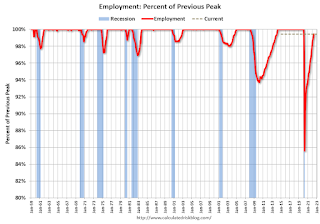In the business of drug development, deals can be just as important as scientific breakthroughs. Many of today’s most influential medicines, from the life-saving cancer treatment Keytruda to the anti-inflammatory agent Humira, might not have become so without mergers and acquisitions.
Over the last few years, pharmaceutical M&A hit record highs as larger companies turned again and again to young biotechs for innovation. Often, these deals focused on cancer, rare diseases and immune system disorders — areas of drug research that were seeing major victories in clinical trials and huge profits for treatments that made it to market.
These deals haven’t come cheap, however. Biotech companies have had an easy time raising huge sums of money from private investors and, until recently, the public markets. That funding can make them less receptive to a buyout offer and force would-be acquirers to offer more to lock down deals. Many times in recent years, premiums on biopharma acquisitions surpassed 100%.
While M&A was plentiful in 2018 and 2019, and even held up during a year gripped by the coronavirus pandemic, 2021 was much quieter. In fact, the second quarter hit a five-year low in both the value and number of biopharma transactions. This year has seen a modest rebound after a slow start, and analysts believe a resurgence is likely. Whether M&A activity continues will have a significant effect on which startups and drug programs get funded and advanced.
BioPharma Dive is tracking these deals below. The database, which shows drugmaker acquisitions that happened since 2018 and were valued at $50 million or more in upfront consideration, will be regularly updated.
Click on an acquiring company to pull up more information, and scroll to the bottom of the page to read how this information was collected and organized. If there’s anything we’ve missed, or any additional information you’d like to see, please reach out and let us know.
Editor’s note: If tables or values do not display, please try clearing your browser’s cache and reloading the page.
For this story, BioPharma Dive looked only at companies developing human medicines. The mergers and acquisitions included in the database are limited by certain criteria, namely that they must be for an entire company — not for product licensings, options to acquire or for partial equity stakes.
Two exceptions: Amgen’s $13.4 billion acquisition of the psoriasis medicine Otezla and Novartis’ $3.4 billion acquisition of the dry eye drug Xiidra, which are included for their notable size and importance to the acquirer.
Additionally, the database is limited to deals valued at a minimum of $50 million upfront. Total consideration can reflect both cash and equity offered upfront in exchange for the acquired company’s shares, but deals in which the upfront payment was not specified, or was less than $50 million, were not included.
Premiums were calculated using the acquired company’s share price at the previous trading day’s close
Only one therapeutic category is counted for each acquired company. For those with multiple focuses, the chosen therapeutic area is based on lead asset or, lacking one that’s distinctly identified, the company is classified under “other.”
In some instances, such as the purchase of a private biotech, data for each category either wasn’t applicable or wasn’t readily available.
https://www.biopharmadive.com/news/biotech-pharma-deals-merger-acquisitions-tracker/604262/

